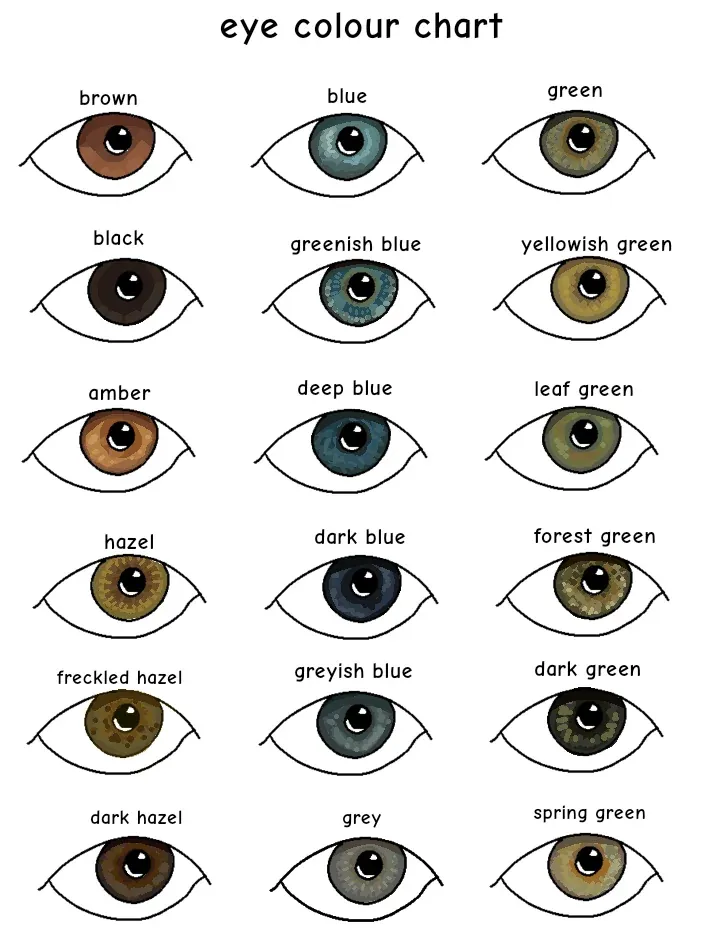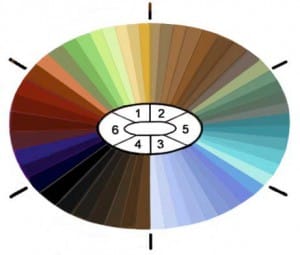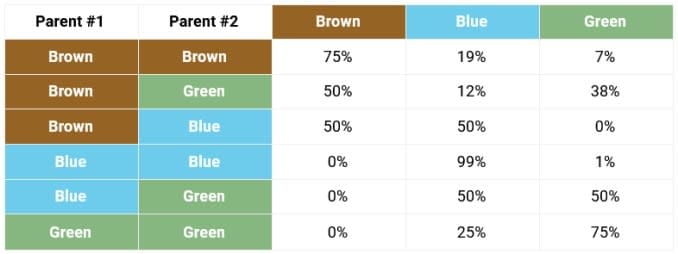Purple Eyes, do they exist?

Purple eyes are extremely rare and can be caused by a number of factors, including genetics, albinism, inflammation, and eye disease:
- GeneticsThe amount of melanin in the iris determines eye color, and genes determine how much melanin a person has. More melanin results in darker eye colors, while less melanin allows more light to enter the eye and reflect back out.
- AlbinismPeople with albinism have very little melanin in their eyes, which can cause their eyes to appear violet or red under certain conditions. The combination of visible blood vessels and reflected blue light creates a violet color. Less than 1% of the world's population has eyes that appear violet or red due to albinism.
- Inflammation and eye diseaseEye inflammation and some eye diseases can cause the irises to appear purple. For example, pigmentary glaucoma is a type of glaucoma that causes the pigmentation in the iris to fall away in tiny granules.

Other factors that can cause eyes to appear purple include:
- Light scatteringA specific structure in the iris can cause melanin pigment to scatter light, creating a violet appearance.
- Staring at a lightStaring at a light for too long can result in a small purple dot appearing in the eye because purple is on the opposite end of the color spectrum to yellow light.
Because light-colored eyes have less melanin, they are more susceptible to sun damage and other conditions that could affect eye health and vision. Wearing sunglasses with 100% UV protection or UV400 can help reduce these risks.
Unbelievable as it may seem, the answer is yes—natural purple eyes do exist. Purple eyes are also commonly referred to as “violet eyes,” as they are typically a light shade.
For most people, this striking eye color can only be achieved with the help of colored contacts. But the fact is that a small (albeit very small) percentage of people are indeed born with purple eyes.
Curious to learn more about this fascinating eye color? Get yourself comfy and read on.
What Causes Purple Eyes?

For any eye color, the cause boils down to melanin levels and genetics. But a natural violet eye color usually has an additional cause behind it: albinism.
Melanin and Genetics
Melanin is a brown-colored pigment that impacts our skin, hair, and eye color. The amount of melanin present in the iris determines its color, and genes determine the amount of melanin you have. The more melanin, the darker the eye color.
So, how are there eye colors other than shades of brown? Put simply, the amount of melanin in the eye affects how much light enters the eye and gets reflected back out.
People with paler colored eyes, like blue or violet, have less melanin in the iris. That means more light gets reflected back out, which makes the eye appear paler to an observer than if it had an abundance of melanin.
Albinism
Albinism is a genetic condition that causes a reduced amount of melanin in a person’s body. It often includes reduced melanin in the eyes. With very low melanin levels in the eye, the iris might appear blue or, in some instances, red or violet.
A common misconception is that all people with albinism have red-colored eyes, but according to the National Organization for Albinism and Hypopigmentation, most people with albinism have blue eyes, and some even have hazel or brown eyes.
Studies have explained that when there’s a complete lack of melanin, eyes appear red because of light reflecting off the eye’s blood vessels. When there’s some melanin, but not enough to produce a blue color, those red reflections combine with the small amount of blue to create a light purple, or violet, eye color.
How Rare Are Purple Eyes?
People with purple eyes make up less than 1% of the world’s population. This means purple, or violet, is truly one of the rarest eye colors across the globe.
Finding accurate statistics for eye color is always a bit tricky because large-scale studies and data are few and far between. Although we might not know exactly how many people have violet eyes, we can feel confident about this percentage because of what we know about albinism.
With only about 1 in 20,000 people in the U.S. having albinism, and knowing that not everyone with albinism would have violet-colored eyes, the rarity of this eye color is undeniable.
Do You Wish You Had Purple Eyes?
Violet eyes are real, but the chances of having or encountering someone with this eye color are slim. Wishing you had purple eyes? You can always achieve the look with the help of colored contacts. Just remember that your eyes are beautiful, no matter their color.
We’ve got your eyes covered
Shop eyeglasses, sunglasses, contacts, and accessories all in one place—plus enjoy free shipping and returns.